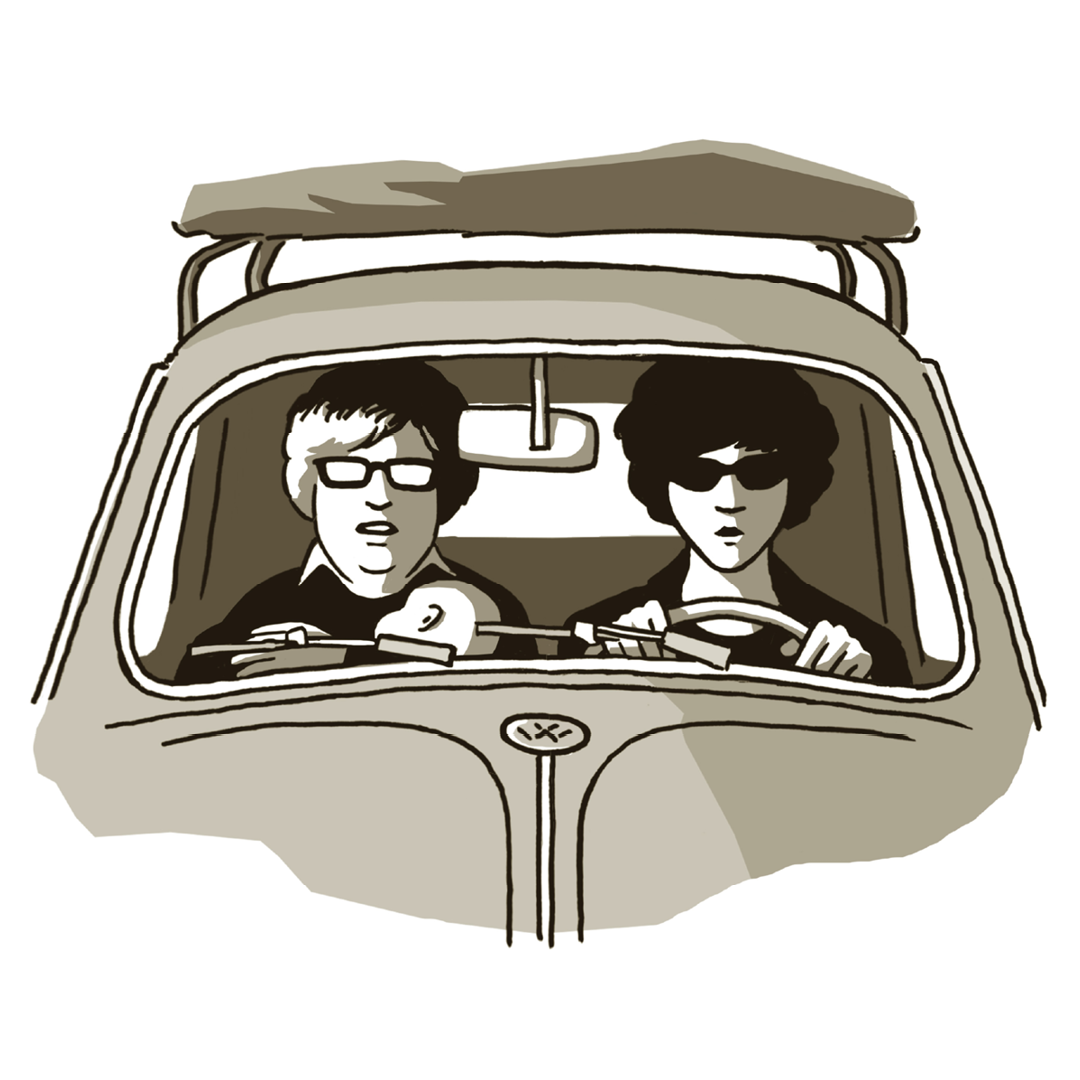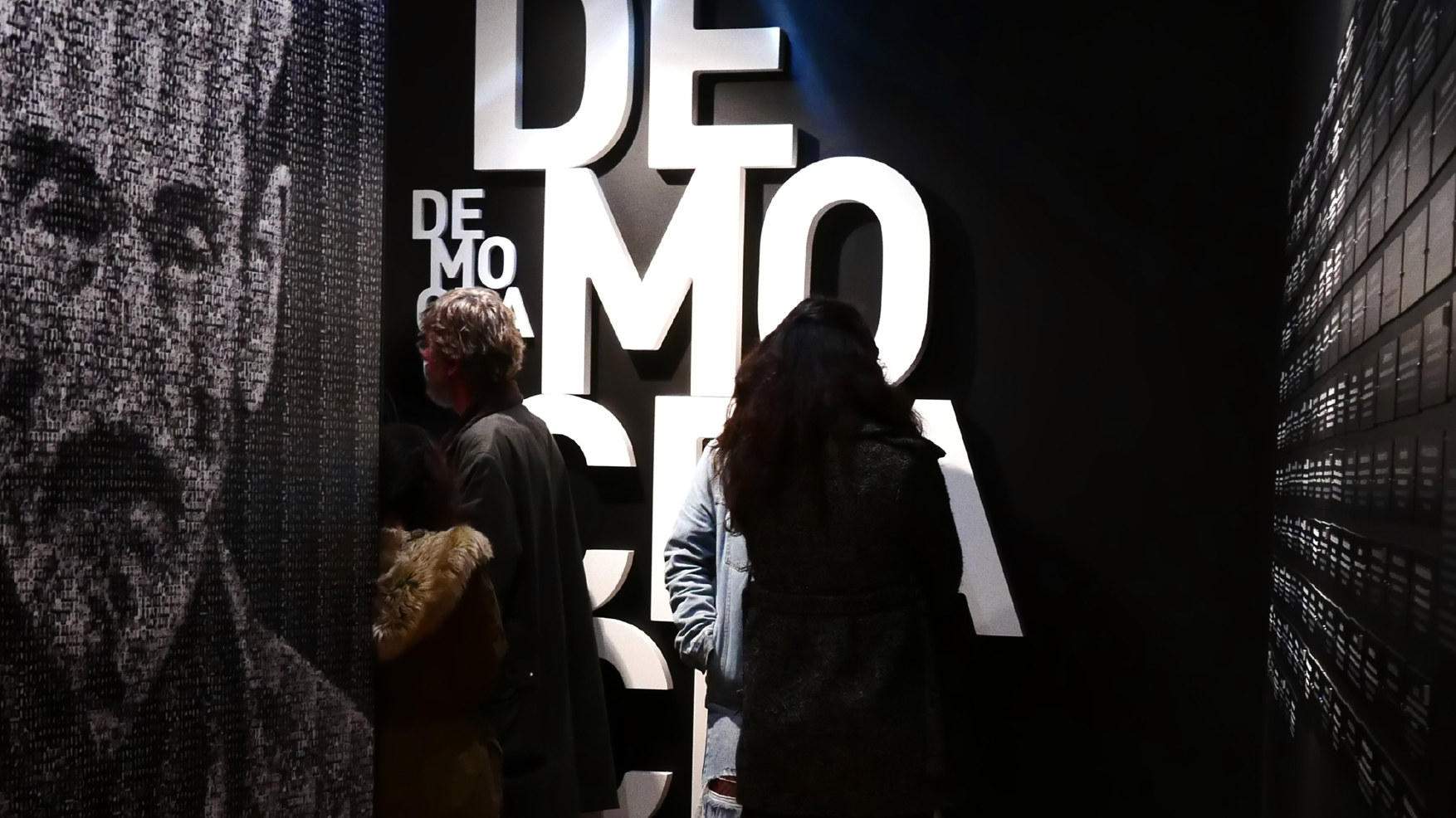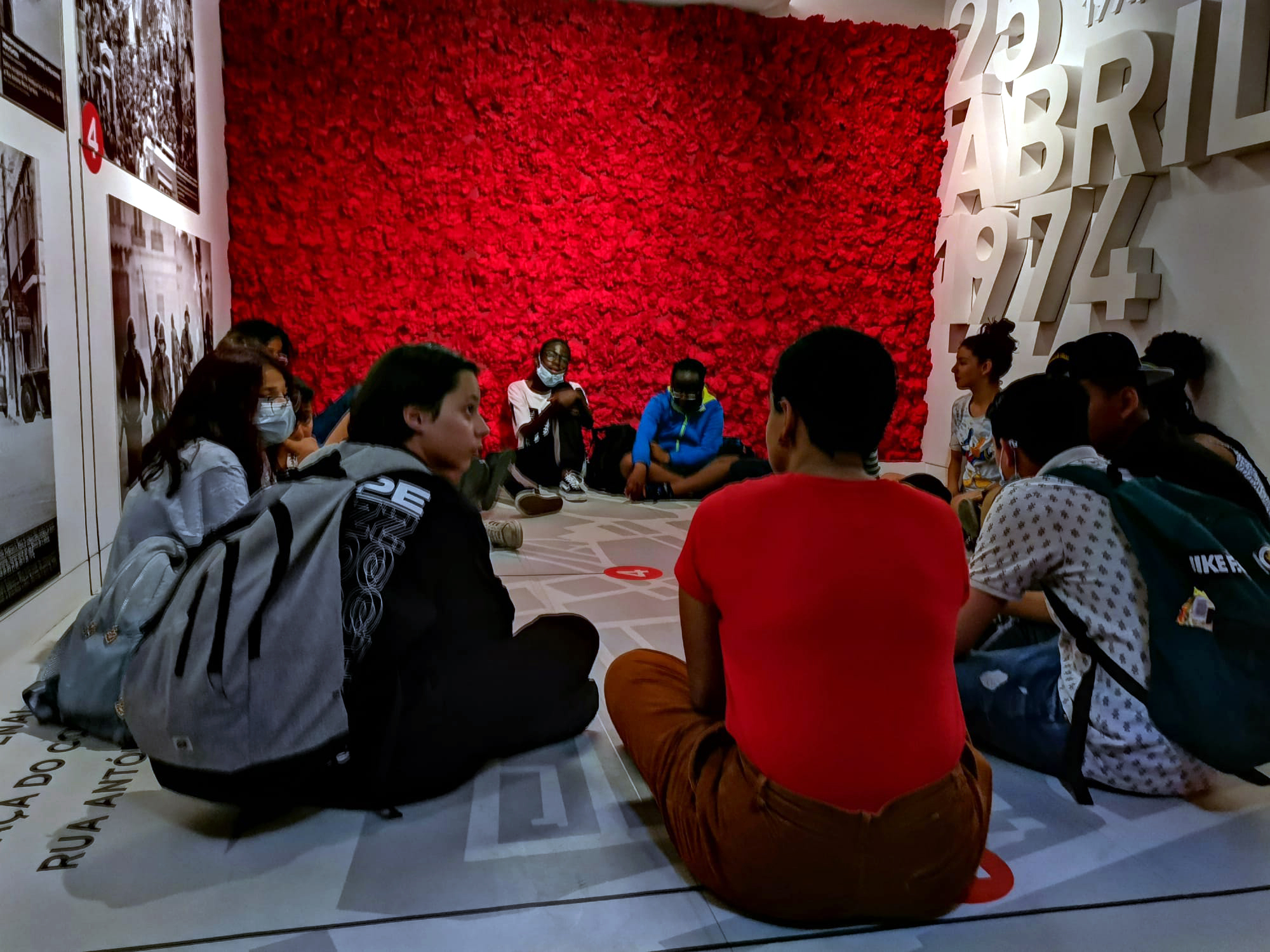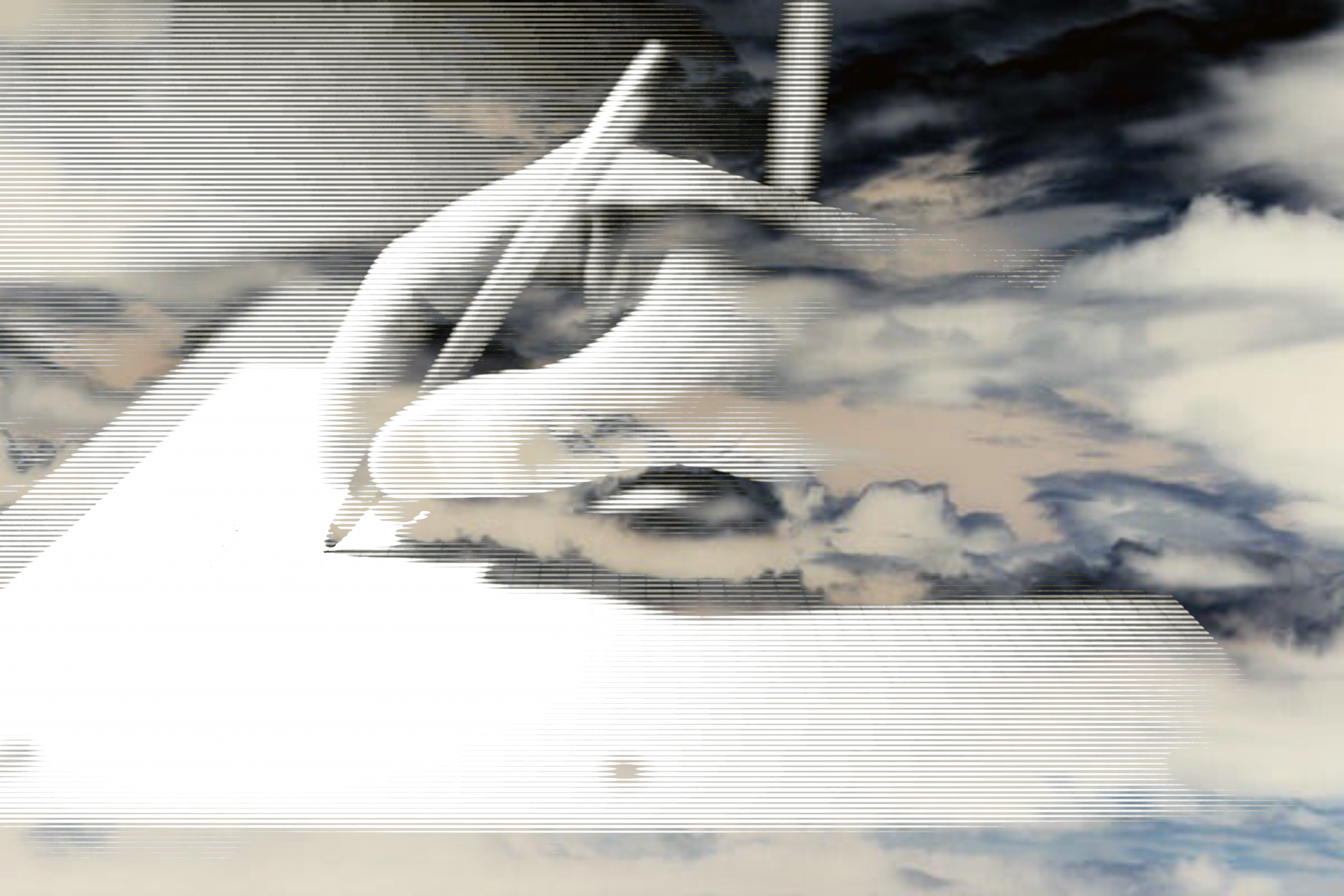Temporary Exhibition «Os Olhos da Memória» by Armindo Cardoso

Metallurgical worker, Santa Iria da Azóia, Loures, 1977 © Armindo Cardoso
Armindo Cardoso was born in 1943 in Oporto. Connected from an early age to the cinema club and to the experimental theater of Oporto, at the age of 16 becomes a member of the Patriotic Front and begins to develop clandestine activity. It ends up being arrested for activities “against the security of the state”. Arrested and tortured for a few months in Oporto, Armindo will serve in the military in the disciplinary company of Penamacor. Fleeing the colonial war, he left Portugal and went to Paris, where he developed cultural activity with Portuguese emigration in bidonville and factories. He dedicates himself, professionally, to photography, follows the events of May 68 and marries a Chilean woman. The country he will go to in 1969 and will work as a photographer, closely with the Government of Popular Unity of Salvador Allende. He collaborated with the University of Concepción, in the Quimantú publishing house, in publications such as Atenea, Educación, Paloma or Chile Hoy. He was also a photographer in the documentary “La Batalla de Chile”, by Patricio Guzmán.
With the coup of September 11, 1973 by Pinochet, Armindo is the target of an arrest warrant by the DINA (Dirección de Inteligencia Nacional). He takes refuge for three months in the Venezuelan embassy and returns to France with political refugee status. Before leaving Chile, he buried two boxes of negatives in a backyard portraying that period full of freedom and hope in Chilean history, which will later be rescued and sent to France. Armindo Cardoso’s Chilean collection was acquired by the National Library of Chile, which organized the exhibition “Un otro sentimiento del tiempo. Chile, 1970-1973”.
In Portugal, Armindo photographs workers, farmers, cork workers, miners, fishermen, workers’ demonstrations and meetings, but also faces of intellectuals and artists.
The photographs that will be on display at the Aljube Museum Resistance and Freedom tell us the recent history of a country, the time between the revolution, in 1975, and the post-revolutionary period, between 1976 and 1980. The look of Armindo Cardoso it goes through critical moments of the ongoing revolutionary process, such as the 1st of May 1975 or the siege of the Constituent Assembly, but also the years of “reflux”, “counterrevolution” or “normalization”, depending on the narratives. The echoes of a revolution, the continuation of popular and workers’ struggles, or even of the revolution itself, in a different and unfavorable political, institutional, economic and military context.
The Exhibition will be open to the public from November 12, 2020 to January 10, 2021, in the temporary exhibition room of the Aljube Museum . Free entrance to the temporary exhition.




